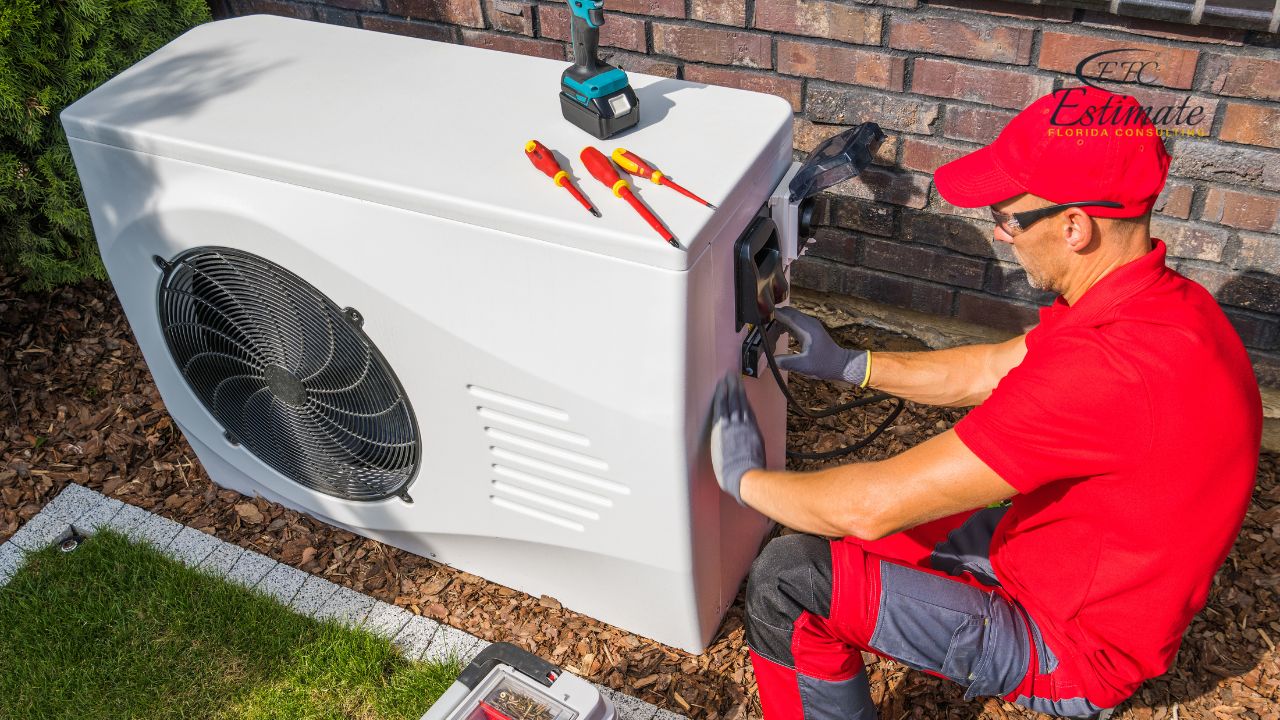Key Considerations for Installing Your New AC
How can homeowners ensure their new air conditioning system is a perfect fit? The installation process involves more than just placing the unit in the right spot. Proper planning ensures efficiency and long-term reliability. Let’s explore the key factors to consider before installing an AC.
1. Choosing the Right AC Size
The size of an AC unit is crucial to its efficiency. A system that’s too small will struggle to cool the space, while an oversized unit may cycle on and off frequently. During an AC install, experts consider the size of the home, insulation, and climate. These factors help determine the cooling capacity needed.
Incorrect sizing not only impacts performance but also increases energy costs. A load calculation performed by professionals can guide the selection process. This ensures the system can handle the cooling needs without overworking. Properly sized AC systems provide comfort and efficiency.

2. Energy Efficiency Ratings
Energy efficiency is a critical aspect of modern AC systems. Units with a higher Seasonal Energy Efficiency Ratio (SEER) rating use less electricity. Lower energy costs and less of an impact on the environment result from this.
When planning to install AC, consider models with Energy Star certifications. These units meet strict energy efficiency standards and often qualify for rebates. While they may have a higher upfront cost, their long-term savings make them a worthwhile investment. Choosing an energy-efficient model also supports sustainability efforts.
3. Placement of the Unit
The placement of the Air conditioner significantly impacts its performance. Proper airflow is essential for optimal cooling, so it’s important to install the unit in an area free from obstructions. Shaded locations help reduce the unit’s workload, especially during hot summer months.
Key Placement Tips:
- Avoid placing the unit near tall grass or shrubs that could block airflow.
- Keep the outdoor unit away from direct sunlight for improved efficiency.
- Ensure the unit is on a stable, level surface to avoid vibration issues.
- Place the indoor unit where cool air can circulate effectively.
- Consider accessibility for future maintenance and cleaning.
Selecting the right location prevents unnecessary strain on the system. This supports a smoother cooling experience throughout the year.
4. Ductwork Inspection and Sealing
Efficient ductwork plays a vital role in cooling performance. Leaks or blockages in the ducts can reduce airflow, making the system work harder. Before installing a new AC, inspecting and sealing the ductwork ensures optimal performance.
Sealed ducts minimize energy loss and maintain consistent cooling. Cleaning the ducts is also important to remove dust and debris that may obstruct airflow. Addressing these issues during installation can prevent costly repairs later. Proper ductwork enhances the efficiency and lifespan of the AC system.

5. Professional Installation and Warranty Considerations
Hiring professionals from a reputable company for the installation process ensures safety and accuracy. They follow industry standards and handle tasks like electrical connections and refrigerant levels. Proper installation avoids common issues like leaks or uneven cooling.
Another factor to consider is the warranty provided by the manufacturer. Many warranties require professional installation to remain valid. Choosing licensed and experienced technicians for the job protects this important coverage. A professionally installed system operates efficiently and offers peace of mind.
Installing a new AC involves careful planning and attention to detail. Factors like size, energy efficiency, and proper placement contribute to its long-term performance. Whether it’s choosing the right location or addressing ductwork, a well-executed AC install ensures a reliable and efficient cooling solution. Investing in professional services guarantees safety and enhances system longevity. With these considerations in mind, homeowners can enjoy a comfortable indoor environment for years to come.

